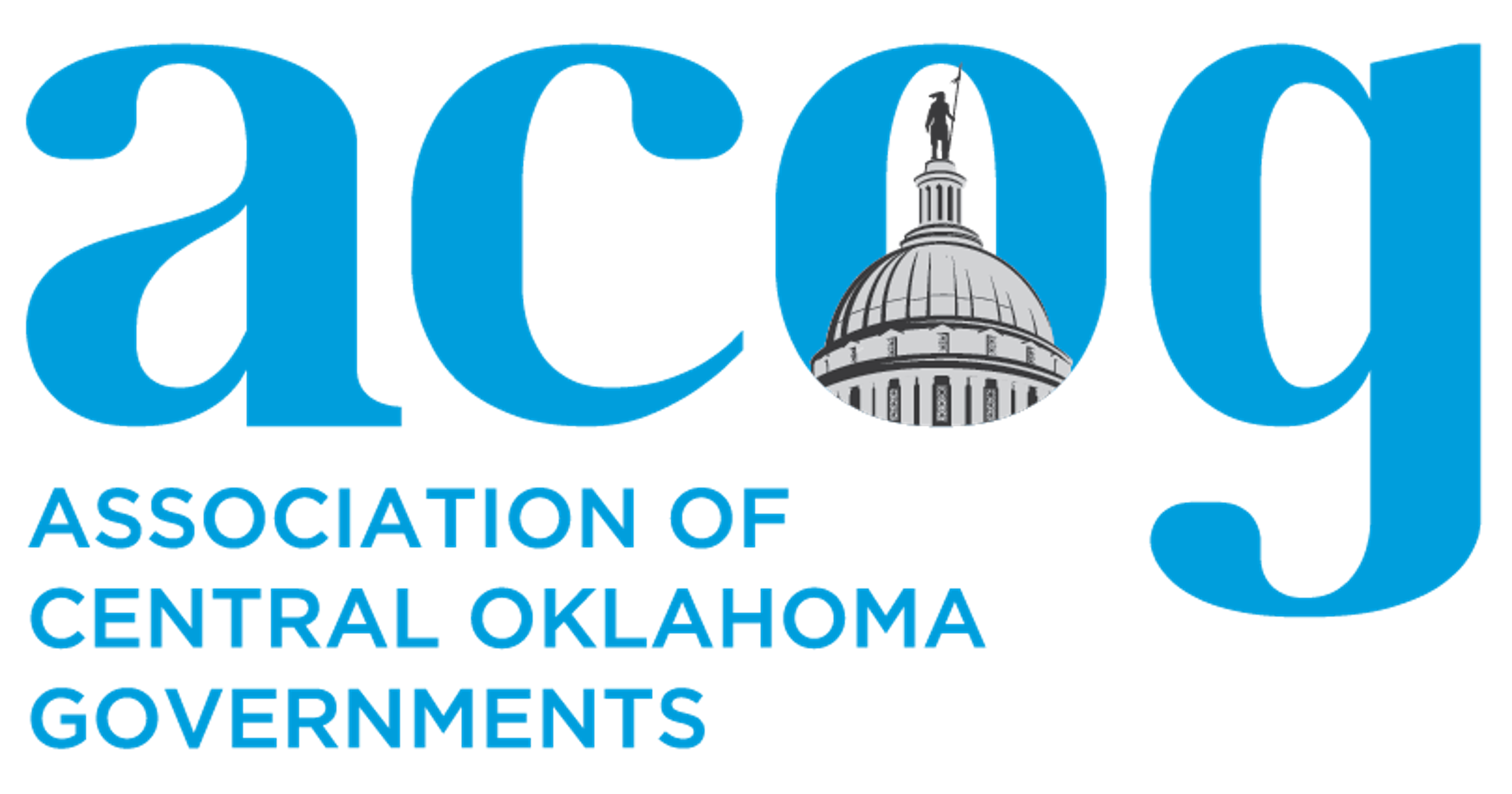In 2006 9-1-1 leaders in Central Oklahoma upgraded the region’s 9-1-1 systems so that calls from cell phone could be located using GPS technology. The upgrade and maintenance of this enhanced system is paid for by a voter approved 50-cent service fee paid monthly by each cell phone user.
Since that time ACOG, the agency that administers the regional emergency communications system, has put into place several quality assurance measures to ensure the location accuracy from cellular phones. Each 9-1-1 dispatcher has access to a highly accurate map that is displayed on a computer screen that locates each 9-1-1 call. But how accurate is the location information that is being delivered to 9-1-1 by the cellular telephone carriers?
Just over a year ago, ACOG implemented a project to test the location accuracy being delivered. Using a process originally developed by the Tarrant County 9-1-1 District in Ft. Worth, Texas, 9-1-1 ACOG has placed more than 4,200 test calls throughout central Oklahoma; 92 percent of those test calls have met federal standards.
“Because of the many variables in the wireless and 9-1-1 networks, E9-1-1 location accuracy testing is crucial to ensure citizens safety when dialing 9-1-1” says Steve Willoughby, 9-1-1 Director for the Association of Central Oklahoma Governments (ACOG).
Accuracy of 9-1-1 location information is regulated by the Federal Communications Commission (FCC). In general those requirements are that the majority of 9-1-1 calls have to provide a GPS location with 100-meters of their actual location.
“We have been impressed that in many cases the location of the 9-1-1 call is much more precise than the 100-meter requirement,” Willoughby said.
Willoughby reminds citizens that there are still technology limitations. “Today, cell phone calls are still routed to a 9-1-1 center based upon the where the tower is – therefore, you may initially get a 9-1-1 center in another city. But all of the 9-1-1 centers in central Oklahoma are connected together and the hand-off of the call to the more appropriate 9-1-1 center is usually seamless.”

